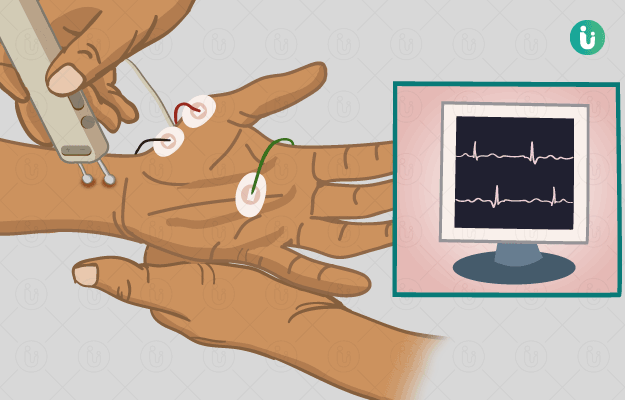What is an Electromyography test?
Electromyography (EMG) is a diagnostic procedure for assessing the function of muscles and nerves that control body movements (motor neurons). EMG helps in detecting muscle dysfunction, nerve dysfunction or nerve-to-muscle transmission issues, when symptoms of numbness, tingling or unexplained weakness in hands or legs are experienced.
Motor neurons transmit signals to muscles to initiate muscle contraction. During EMG, tiny electrodes are used to translate these electrical signals into graphs, sounds or numerical values. A specialist interprets the results for diagnosing nerve disorders, muscle disorders or neuromuscular junction (NMJ) disorders.






























